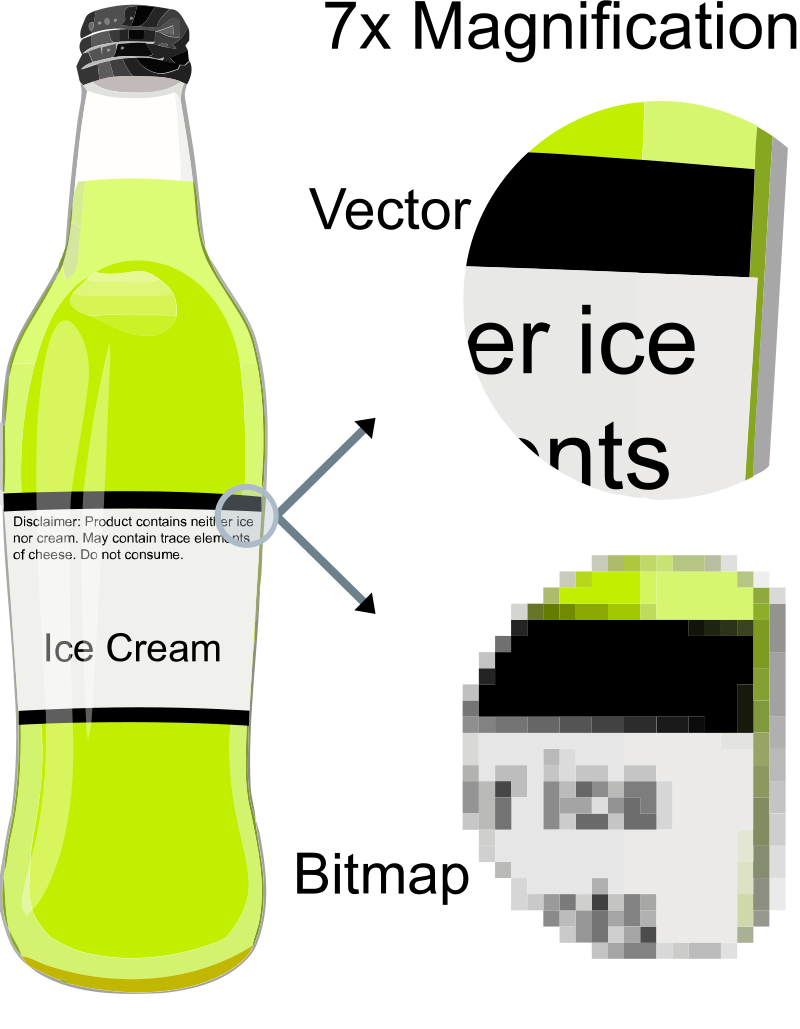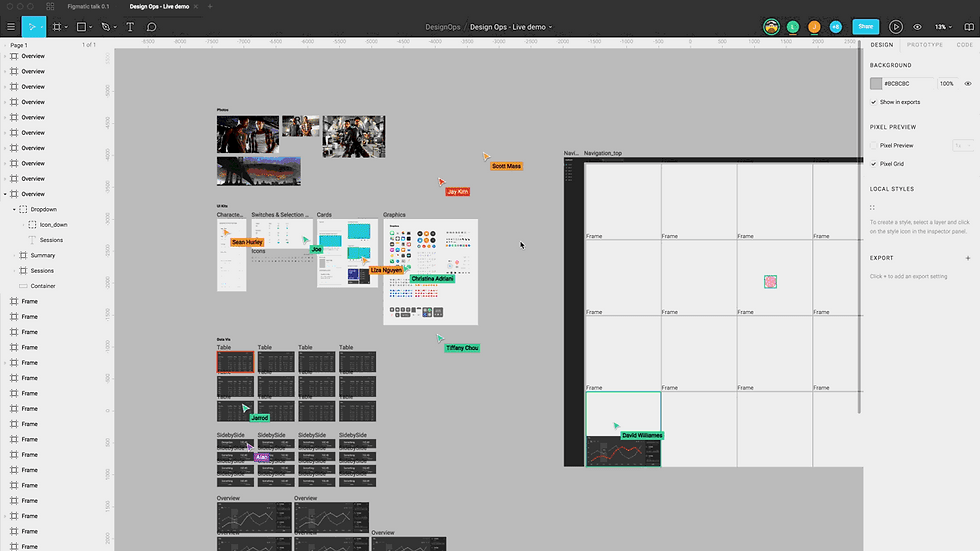The Future of ERPs: Microsoft Dynamics 365 Business Central and Your Business Tomorrow
- Simon Harms

- Mar 6, 2019
- 4 min read
Updated: Mar 7, 2019
The world of ERPs is changing. Microsoft Dynamics NAV is all but dead and while Dynamics GP will continue to be supported into the near-future, it’s unlikely Microsoft will invest into Dynamics GP anywhere close to what we’re seeing with Dynamics 365 Business Central. In fact, if you look closely at the future of GP, you might notice that upcoming enhancements such as Intelligent Edge, which allow you to connect your on-premise GP data to the cloud-based Dynamics 365, serves largely as an introduction to Dynamics 365 features. Dynamics GP is still the now, but is it the future? The world of ERPs is changing, but we’re willing to go out on a limb and say that for those ambitious enough to keep up, the future has never looked brighter.
These changes are not unique to the ERP space. Similar technologies have seen similar metamorphosis, ultimately to the industries benefit. Let’s step outside of the ERP world for a minute and into the world of Digital Design.
Everyone's familiar with Adobe Photoshop. Ten years ago it was the only option for serious UX designers. Today that’s no longer the case and it’s because competitors offered not only a better product, but began to consider how their customers use and pay for their software in a time where businesses are rapidly integrating technology into their systems and processes.
The first business to seriously rival Adobe was Sketch, who capitalized on three major drawbacks to Adobe: a complicated & uninspiring user interface, outdated technology, and an unappealing pricing model. Sketch realized most UX designers were Mac users, and therefore already accustomed to the benefits of a sleek user interface. At the time Sketch 3 was newly released with a stunning interface that was both aesthetic and easy to use. Sketch also took advantage of newer vector-based images, which retained their image quality regardless of magnification (see figure 1).

Most Adobe software was still using old image technology, with the sole exception being their Fireworks platform. Fireworks was buggy software, but it used Vectors. When Adobe discontinued support for Fireworks in 2012, users moved to Sketch 3. Perhaps more importantly, Adobe CS6 Photoshop cost $699. Sketch cost only $99 for the first user and prices only went up when new users were added.
Today Figma is the newest kid on the block. They’ve changed the game by taking notice of how small to medium sized businesses in tech are working. Increasingly, small teams in tech are collaborating more closely on projects. Figma is nearly identical to Sketch, but it’s browser based, allowing entire teams to work on the same artwork at the same time. Users can see what their coworkers are doing and leave comments (see Figure 2).

Figma is also free for individuals, only charging when additional users are added. So where is Adobe now? Well they’ve recently released Adobe UX. It looks and feels a lot like Sketch and Figma, it uses vectors, and it’s free to start.
The ERP industry is going through many of the same changes referenced above and Microsoft knows this. Rather than repeat the mistakes of Adobe and allow room for competitors, they’ve released Microsoft Dynamics 365 Business Central to ensure their software can not only do what its customers require, but also evolve with your team as it adapts to reflect industry changes.
Outside of the vastly superior user interface Dynamics 365 offers over Dynamics GP (see figures 3 &4), moving from an on-premise setup to the cloud carries numerous advantages. Similar to Figma, it ensures that every member of your team - regardless of where they are - has access to up to date information and can work on it together.

It means software updates happen twice yearly and are pushed straight from Microsoft, avoiding costly on-premises updates. Other business critical software such as Office 365, Azure, and the Power Platform have been unified under Dynamics 365. Whatever extra capability required is almost certainly available as an add-on via AppSource.

Given that our business processes rely on software, it's necessary for software to integrate seamlessly . In today's ultra-connected economy, divisions between sales, marketing, finance, service, and operations are not helpful. Unlike the Finance centered Dynamics GP, Dynamics 365 is a full service platform. Dynamics 365 now makes it possible to unify these processes not only in theory, but in practice.
Artificial Intelligence capability is arguably the most exciting part of Dynamics 365. Microsoft has already included AI-capable apps in sales, marketing, and customer service. We're talking about software that tells salespeople how serious a buyer is by the tone of their voice. Or perhaps the software detects customer impatience, signaling the salesperson to reinspire or close the potential customer. These technologies integrate and grow with platforms like Salesforce and Zendesk; and they provide a single dashboard between virtual and human agents. And that's just the beginning. These technologies are continuing to improve, which means they will continuously change how businesses work. And businesses that embrace the cutting edge will continue to innovate and grow.
It's not hard to understand the reluctance to switch ERP platforms. Businesses spend months or even years implementing, with significant associated costs. At Catapult we like to think we practice what we preach. The cautionary tale we've outlined in this post applies equally to us, which is why we've improved our pricing model.
Many Microsoft partners require an ERP implementation fee that can run into 5 or even 6 figures. We offer investment that are aligned to results, which is why we've moved to a monthly subscription model, which allows businesses to pick a plan that suits their business and budget. Requiring large down payments removes accountability from Microsoft Partner organizations because the money has already been invested. Subscription-based pricing also gives businesses the financial flexibility to invest their money elsewhere if they're not seeing value. It's the same approach Figma and Sketch used to ensure continued value to their customers. It also carries the added benefit of avoiding maintenance fees from upgrades, hardware, support, and IT resources. Dynamics 365 Business Central is a game changer for your business. Switching now will save your business money and ensure you're equipped for the future.

Comments